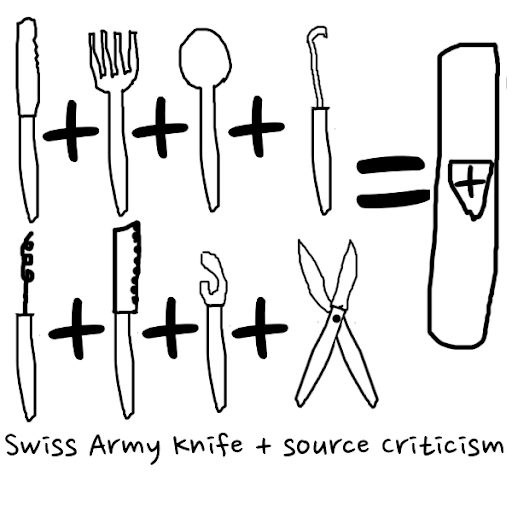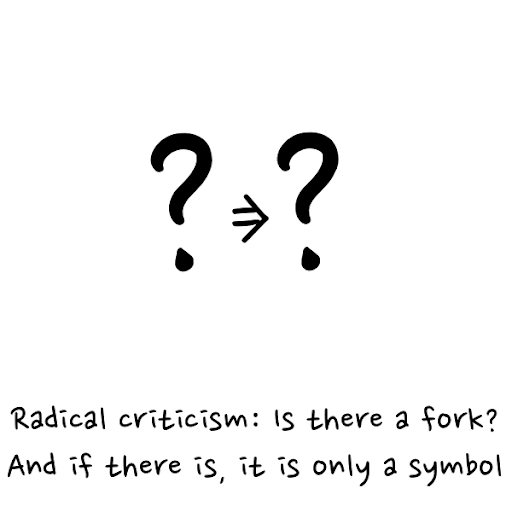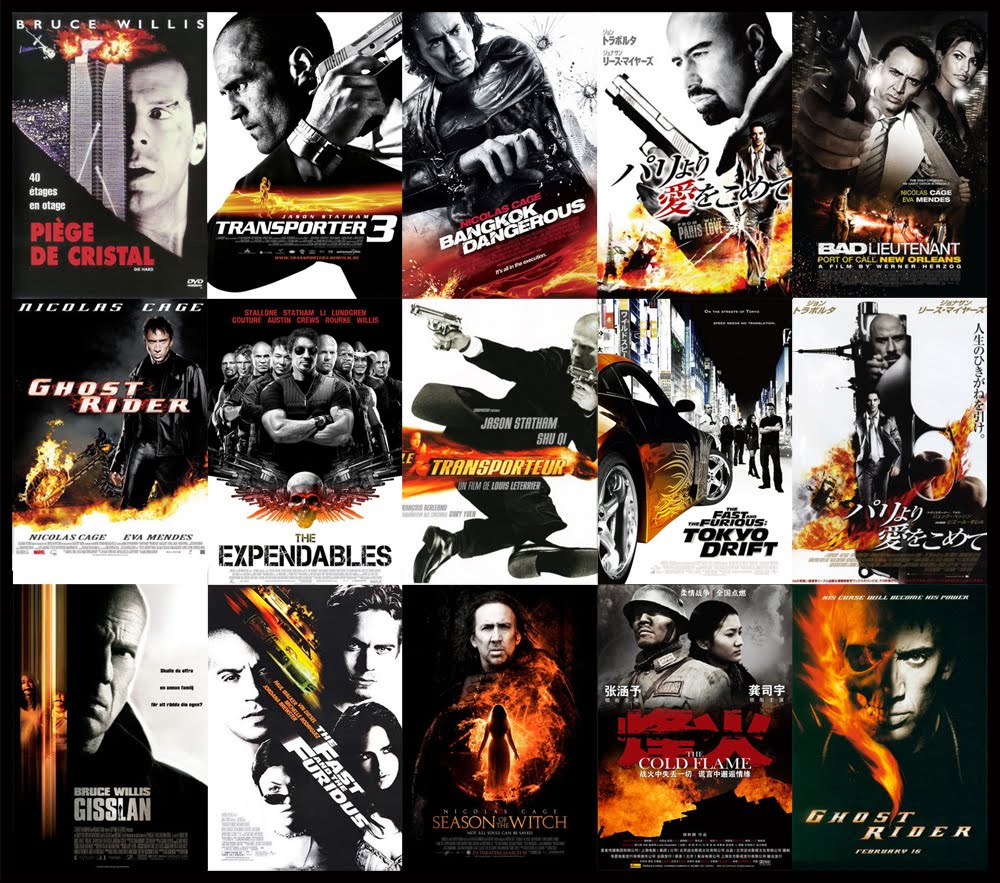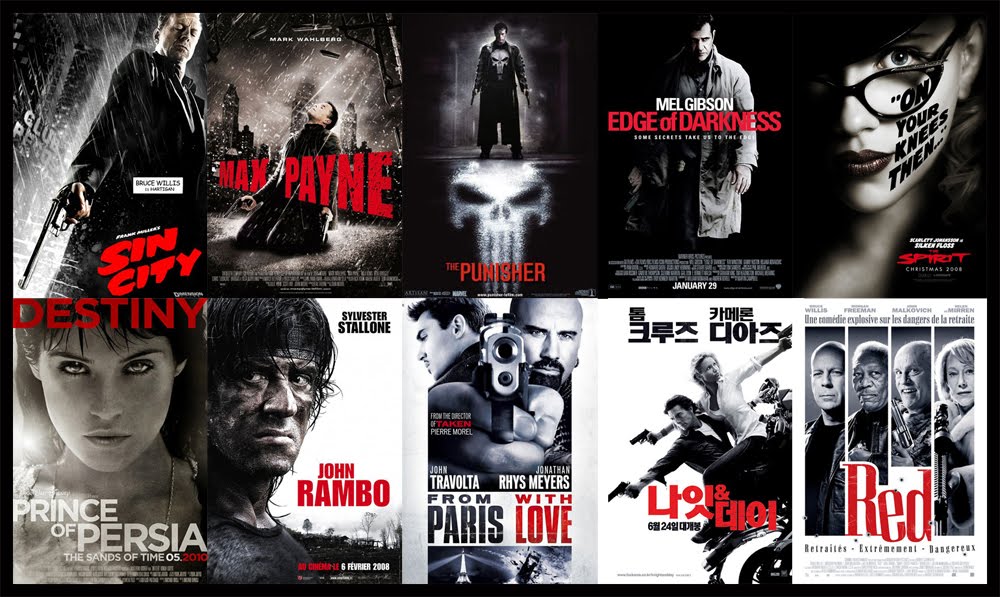If you feel like you should be on the cutting edge of Biblical scholarship, or if you just want to get the point… here’s a visual guide to various scholarly approaches to the Bible, applied to cutlery. For your edification and education…
We begin with what we have. A fork. It is a very clever implement. Great for stabbing food and carrying it to one’s mouth. It has the perfect number of prongs; one less and small food would escape, one more and the fork would be ungainly.

The foundational assumption in higher criticism is that this fork is a development of history. It is unlikely, given its perfect suitability for the job, that there were not previous, primitive versions.

These versions may have been the result of a series of communities, each with inadequate eating utensils (form criticism)…
There may also have been a “genuine” original tradition, that others have built on, adapting the fork to their own communities and types of food – if you don’t just eat a big hunk of meat, then you need multiple prongs… There might be different metals involved in the handle and the prongs… there might be a brand name stamped on the fork… there are myriad avenues for speculating about the various forms that have combined in this one utensil.

Or they may have been the result of somebody sitting down with various eating utensils and combining them (source criticism).

Source criticism is also pretty useful when you’re dealing with a complex and evolved version of a fork – when we already have a version of the fork to compare things to… We can conduct “Spork Criticism”…

Or, for the more highly evolved, Splade Criticism…

Things start to get a little bit more complicated as the cutlery gets more complicated…
Maybe the final form it the result of somebody bringing a bunch of different utensils together.

Or maybe it represents one tradition’s approach to cutlery and efficient design.

One of the interesting things about this level of complexity is that sometimes sources and forms collide… sometimes what one group saw as a “tradition” actually turns out to be from two different sources.
Either way… what we have is a final form fork. And we can speculate about its compositional history.

Sometimes this allows us to study the previous types of fork, and draw conclusions about the people involved, and their diets. Sometimes we can see the seams where new prongs were welded on. This excites some people more than others. This process – either in source or form criticism – is called Redaction Criticism…

If you do redaction criticism with the final form of the fork you can understand the community who put it all together… This is close to the traditional view of fork scholarship, one might call it a Canonical approach.

Some people are just born skeptical – they have doubts about the fork, our hands are natural, the products of science and stuff, so we should eat with them. Fork users are gullible, and if there is a fork, it’s probably a symbol of the hand anyway, used by powerful people to control the eating habits of the masses. This is “Radical Criticism”…

Sometimes it just makes more sense to see the fork for what it is – a cleverly designed implement that serves a purpose. All this studying of forks sometimes gets in the way of just using the fork for what it is made for. Eating. This is the “traditional” view.








